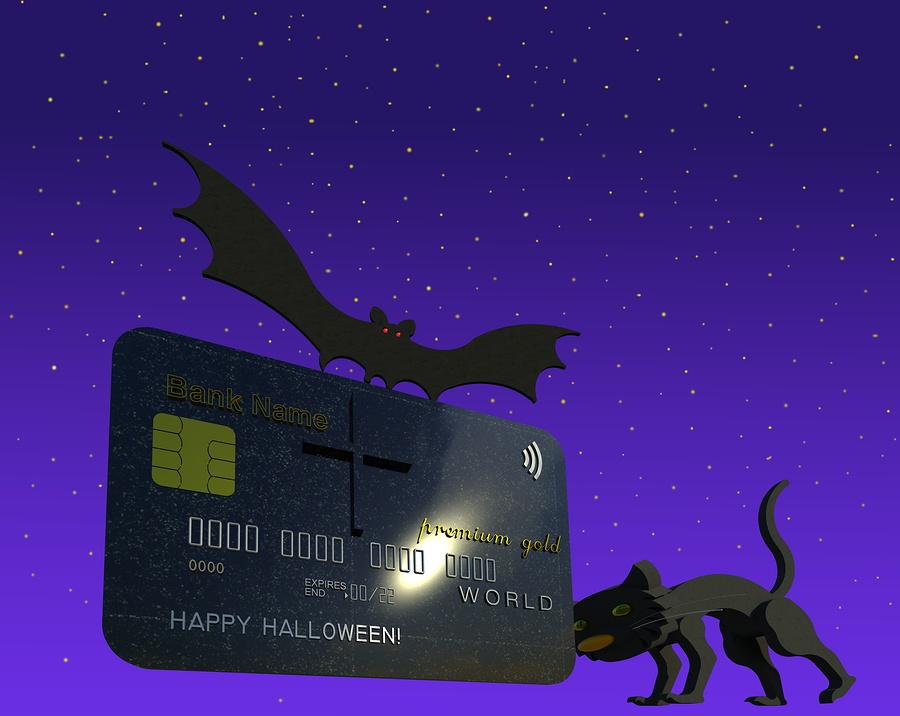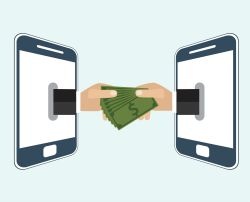Memo to Credit Unions: Here Comes Apple
Apple wants to own your members’ wallets.
If you didn’t think Apple Pay was just the beginning, maybe a quick historical refresher will put things into perspective. Remember when the only carrier you could purchase an iPhone from was Cingular (Now AT&T)? Believe it or not, that was 2007. It was contract exclusivity and it lead to tactics such as ‘jailbreaking’ and ‘bricking’: People wanted the iPhone, but not on AT&T’s network. Some experts believe Apple’s exclusive contract with AT&T was a trillion dollar blunder; did they realize there was more at stake than just money? Through this exclusive five year contract Apple received $10 from every iPhone customer’s AT&T bill and access to AT&T’s ‘backbone’ (this is the key). AT&T received roughly 10% of iPhone sales from their stores and a small piece of iTunes revenue. Fast forward to the end of the 5 year contract. In 2012, Apple introduced iOS 5, which came with the mobile industry’s first WIFI text platform that was free from cellular network data costs – iMessage. This feature allowed anyone with an iPhone to send and receive messages even when they didn’t have a data connection by using WIFI. Today, iMessage is as popular in iOS 9 as it was when first introduced in 2012 and has led to Apple’s Multipeer Connectivity Framework, which can be used for everything from collaborative editing and file sharing, to multi-player gaming and sensor aggregation.
Apple announced Apple Pay in September 2014 with exclusive deals with the three major payment networks: American Express, MasterCard and Visa. The joint project began in January 2013. I don’t need to give you the history lesson on Apple Pay... it’s only a year old and you know the story. The question the credit union industry should be asking, with the understanding of a little history of how Apple leveraged its relationship with AT&T to create iMessage is: ‘What is Apple up to now?'
If the thousands of financial innovation start-ups in Silicon Valley don’t cause pause, maybe Apple’s November 12th announcement should. Apple announced they are entering the person-to-person payments service. Before you say to yourself that Apple’s plan is to build on the existing banking infrastructure – remember the history lesson. I’m sure the thought that Apple would create a technology that would remove the need for cellular data never crossed the minds of executives at AT&T. And keep in mind that Apple was granted a US patent for an encrypted person-to-person payment system using electronic devices that communicate wirelessly. Is it a stretch to think they might conceivably attempt to cut the cords from the financial institution?
With services such as Venmo, Paypal and Square in the P2P space and the growth they are experiencing, it only makes sense that Apple wants a piece of the action. 69 million US adults will use mobile peer-to-peer in 2015 - that’s 1/3rd of mobile device owners. Growth of peer-to-peer is expected to double by 2020; Venmo’s payment volume has almost tripled in the past year from $700 million to nearly $200 billion per quarter. The reasons for consumers to use peer-to-peer services have become obvious – little to no fees, not to mention convenience. So if it’s free, why are companies such as Apple so drawn in? That too is obvious: To bring more people into their platform.
Another reason for Apple to join the P2P arms race is data. Peer-to-peer payments and mobile wallets provide a lot of insight, such as who our friends are, where we spend our time, and where we spend our money. As Apple enters this space, they will be well positioned, already having more than 800 million iTunes accounts with cards on file.
All is not lost. Statistics prove there is still time for credit unions to position themselves to compete in the changing mobile payments landscape. Mobile banking accounted for 46% of consumer mobile transactions in 2014, and 20% of consumers chose to pay each other using a mobile banking app. Credit unions can prepare for Apple and other competitors by first driving adoption of their own mobile banking apps. Mobile banking apps should provide members with multi-function options, such as access to remote deposit capture, bill pay, and institution-to-institution transfers. If you require separate apps for these functions, it’s likely that your members will find other ‘all-inclusive’ options. Additionally, credit unions need to be running a core system that provides them with usable member data that will allow them to target member habits and new opportunities for product growth (we’ll tackle data another day though). As competition begins to surround credit unions, please don’t say you never got the ‘memo’.



